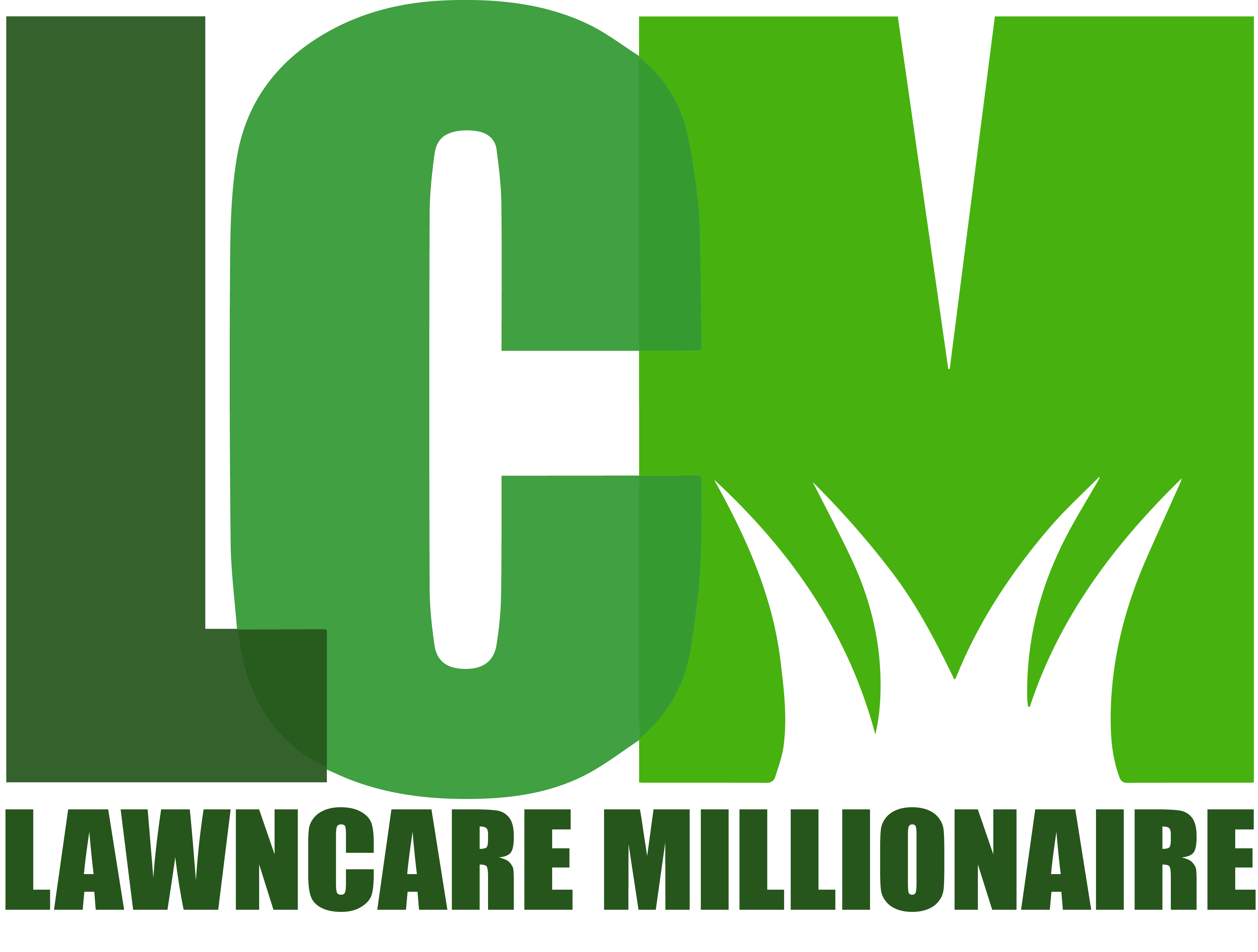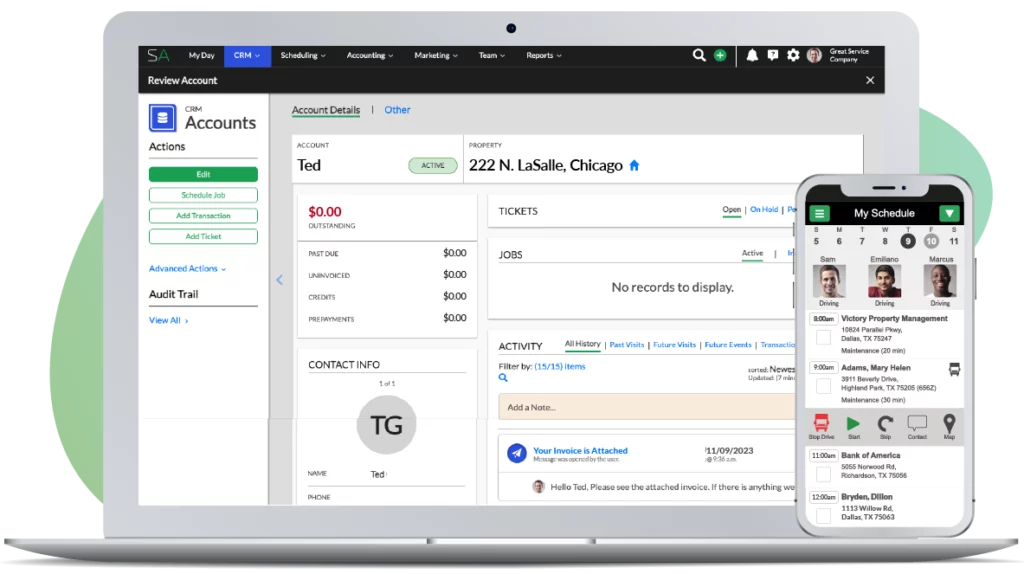Learn the difference between variable costs (direct costs) and fixed costs in your lawn care & landscape business.
A lot of times if you do a Google search, or if you went to college and you studied accounting, a lot of the examples are based on manufacturing. They’re manufacturing examples or they’re the production of some product. It can become confusing.
There’s a lot of interchangeable terms.
Variable cost is a term that’s used frequently. More common, in the landscape industry, is the use of direct cost. I like to talk in terms of direct cost instead of variable cost. You will also hear, and you can watch my video on this, the term “fixed overhead”.
I’m going to go into a little bit of an explanation here. Let me first talk in terms of direct cost because we’re going to use that term instead of variable cost. Direct cost is a cost that varies based on production. As an example, if you win a design build job, you will incur some extra costs to complete that job. You may need to hire some contractors, rent a dumpster or a Ditch Witch, pay out a sales commission, or incur material costs such as plants. Those are direct costs.
Had you not won that design build job, you would never have incurred the material cost, the permits or the rentals. Therefore, it’s a cost that, again, is only incurred when you win the work and when you perform the work. If you’re looking at your profit and loss statement, these direct costs, are going to appear under your revenue at the top of your report in the cost of goods sold section.
What you do is, look at your revenue generated for whatever time period your P&L is looking at. You subtract out of that revenue, your sales revenue, your cost of goods sold. This is your direct cost. That leaves you with your gross profit margin. Your direct costs are going to be one of your biggest expenses inside your lawn care business because your business is so labor intensive. Or, if you’re in the design builder construction side of the industry, materials are going to be a huge cost to your business which falls under direct costs which is part of cost of goods sold.
Again, direct costs and variable costs are often used interchangeably when you’re reading accounting books or performing Google searches. Within the lawn care industry, the more common term is “direct cost”. Generally, what most people do is they take all of the other costs and they put them under “fixed overhead” or “indirect costs”.
There really are some other variable costs in the business that, oftentimes, will get lumped into fixed overhead or indirect costs, but are truly variable. You have to figure out what the standard is for your business, what the standard is for this industry. I would recommend following the standard for this industry.
Let me give you an example of what I’m referring to. You could have what might be considered a variable cost by some, for example, website hosting or maybe marketing. Some consider marketing a variable cost because if things aren’t going well, you could shut off all of your marketing. You could stop running pay-per-click ads or sending out direct mail pieces. Those costs are somewhat variable.
It’s far easier to stop those types of marketing costs than it is to exit out of a three-year lease or to stop paying for truck insurance. Those are fixed costs. Marketing is an example of a variable cost. However, what you’ll see oftentimes, is that a lot of companies will look at their marketing expenditure for a period of time. They will put it into the indirect cost section on their P&L.
What they do is, they take gross profit margin. Remember that’s your direct cost subtracted from your revenue. That gives you your gross profit margin. From that, they subtract their fixed overhead and indirect costs. Oftentimes, you’ll see marketing or advertising as one of those costs that get subtracted out. I wanted to make the point that as you’re reading and as you’re thinking through what is a fixed cost versus a direct cost versus a variable cost, marketing is a great example of a cost that will fluctuate. Therefore, it is somewhat of a variable cost.
For example, you might have website hosting, as I am showing here. That’s a marketing cost. You can’t really turn off your website and shut it all down. A lot of times, that’s obviously a fixed overhead or an indirect cost, whereas pay-per-click, where you’re paying for clicks in Google, you could shut that down by pausing your campaign in an instant. That is more of a variable cost.
The takeaway is that you need to sit down with your accountant and pay attention to what’s done in the industry to figure out if, even though there’s some variability in that cost, as in my example of pay-per-click, it might make sense to follow industry norms or the recommendation of your accountant. You might also hear the terms sometimes called “general and administrative costs.”
Those are some things to think about. Universally in our industry, you will hear “direct cost”. Direct costs are directly tied to the job. If you do not perform the job, the costs are not incurred. If you perform the job, the costs are incurred. That’s why they go into your cost of goods sold section on your profit and loss statement.




2 Replies to “Variable Costs vs Direct Costs vs Fixed Costs”
Thank-you Jonathan, You mention industry standards. Where are these located. What is the standard for gross profit and net profit. If Ithere is no standard what is the average?
Lawn and Landscape magazine publishes an annual addition of their magazine with industry standards. I recommend subscribing. It’s free.
http://www.lawnandlandscape.com/form/1/ll/subscribe